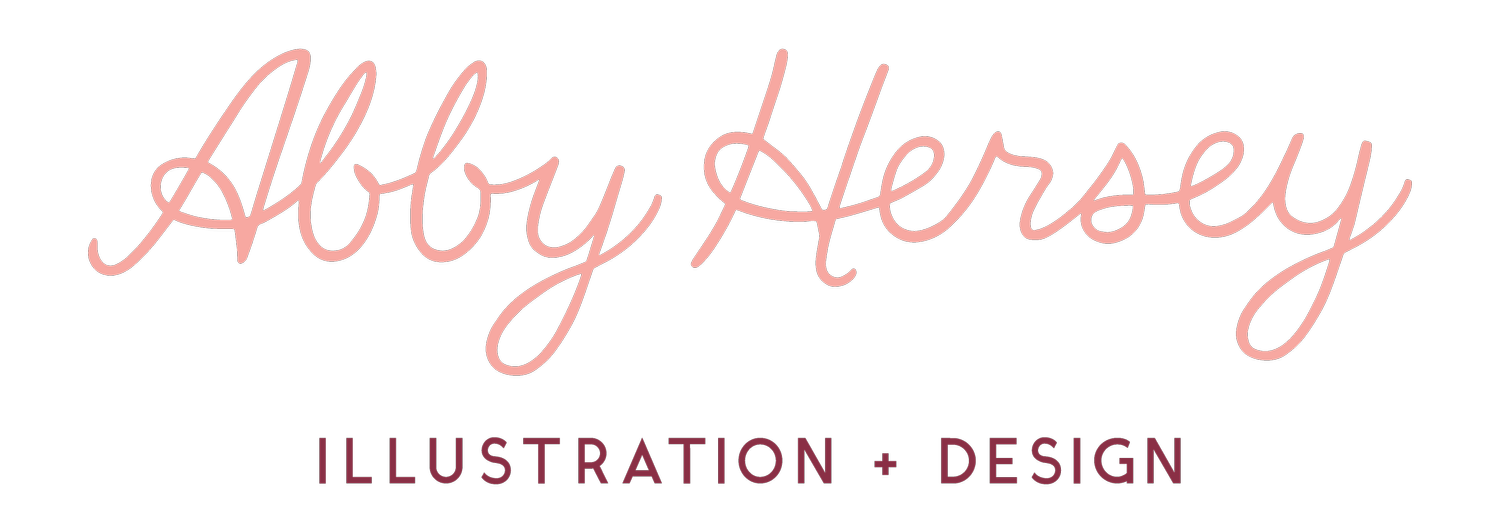I am an avid camper and hiker. My family and I have traveled across the country many times, visiting all 48 continental states and numerous national and state parks over the years. A well-established set of principles for outdoorsy folks says to Leave No Trace. The idea is that you make a minimum impact on the wilderness you visit, conserving and preserving it for the future. If you were ever a scout (boy or girl), you’re probably familiar with the principle Leave It Better Than You Found It. This approach means that you not only minimize your impact but also clean up any debris or fix the damage that may have been done by others.
The concept of leaving the world a better place can be traced back to a quote from 19th-century poet Ralph Waldo Emerson: “To leave the world a bit better, whether by a healthy child, a garden patch, or a redeemed social condition; to know that even one life has breathed easier because you have lived — that is to have succeeded.”
When I’m in nature, I’m trying to minimize my impact. But in my everyday life and work, the goal is to have a lasting impact that leaves the world a better place than I found it, even if for one person. And it’s by that impact that I judge my work - not by my intentions.
So how do I bring this to my design work? It’s in how I approach everything! I try to be informed and responsible in my problem-solving, I work to center the experiences of and make space for marginalized voices, I approach every project with curiosity and humility, and I believe that change is possible. And when a project is handed over to a client, I’m not done. To measure my impact, I need to follow up and see what the outcome of the project was. Did their message connect with the audience and was it well received? Did I inspire their audience to take action? Did they have higher engagement from marginalized folks than previously?
By asking these questions and staying connected to my clients throughout the full lifecycle of a project, I not only learn about my impact but I help clients to maintain focus on theirs. And while these may seem like small steps toward meaningful change, those steps are better than none at all! If just one person has breathed easier because of what I’ve done, then I have succeeded.










